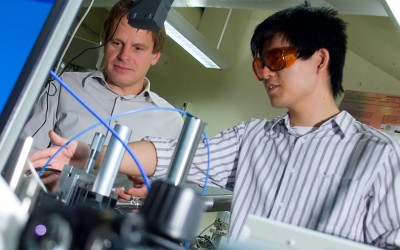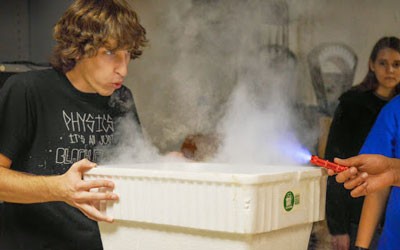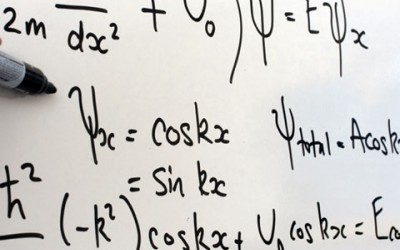Astrobiology Minor:
The Departments of Biological Sciences, Biochemistry and Biophysics, Chemistry and Chemical Biology, Earth and Environmental Sciences, and Physics, Applied Physics and Astronomy, participate in a multidisciplinary minor in Astrobiology for students majoring in these or other disciplines. To be eligible for the minor, students must pass the 3-credit course ASTR 4510 Origins of Life - A Cosmic Perspective and at least two semesters of the 1-credit seminar course ISCI 4510; they must also undertake a 4-credit research project on a topic related to Astrobiology under the supervision of a faculty member engaged in Astrobiology research in one of the above departments; finally they must complete a further two courses* outside the major field of study, selected from the following:
Program Requirements:
• ASTR 2050 - Introductory Astronomy and Astrophysics Credit Hours: 4
• BIOL 4620 - Molecular Biology Credit Hours: 4
• BIOL 4760 - Molecular Biochemistry I Credit Hours: 4
• BIOL 4860 - Evolution Credit Hours: 4
• CHEM 2250 - Organic Chemistry I Credit Hours: 3
• CHEM 4810 - Chemistry of the Environment Credit Hours: 4
• ENVE 2110 - Introduction to Environmental Engineering Credit Hours: 4
• ERTH 4540 - Organic Geochemistry Credit Hours: 4
Additional Information:
*For a dual major, the requirement that the two selected courses must be outside the major field of study is reduced to one provided both majors are in the primary relevant areas of study (i.e. biology, chemistry, geology, and physics).
Astronomy Minor:
Program Requirements:
Astronomy Minor - intended for students with a general interest or who might pursue a K-12 science education or outreach career.
• ASTR 2050 - Introductory Astronomy and Astrophysics Credit Hours: 4
Plus 12 credits selected from:
* Note that some courses on this list have Physics prerequisites that are not included in the minor.
** Other PHYS or ASTR topics courses may be used with the approval of the Undergraduate Program Committee.
• ASTR 1960 - Topics in Astronomy and Astrophysics Credit Hours: 1
(or other general education ASTR course.)
• ASTR 2120 - Earth and Sky Credit Hours: 4
• PHYS 2960 - Topics in Physics Credit Hours: 4
• ASTR 4120 - Observational Astronomy Credit Hours: 4
• ASTR 4220 - Astrophysics Credit Hours: 4
• ASTR 4240 - Gravitation and Cosmology Credit Hours: 4
or
• PHYS 4240 - General Relativity Credit Hours: 4
Astrophysics Minor:
The Astrophysics Minor is intended primarily for students who intend to pursue a career in Astronomy or Astrophysics.
Requirements:
* Note that some courses on this list have prerequisites that are not included in the minor.
• ASTR 2050 - Introductory Astronomy and Astrophysics Credit Hours: 4
• ASTR 4940 - Special Projects in Astronomy Credit Hours: 3
And two courses from the following list:
• ASTR 4120 - Observational Astronomy Credit Hours: 4
• ASTR 4220 – Astrophysics Credit Hours: 4
• ASTR 4240 - Gravitation and Cosmology Credit Hours: 4
or
• PHYS 4240 - General Relativity Credit Hours: 4
Physics Minor:
Students not majoring in physics may minor in this subject by taking at least 16 credit hours of physics courses (coded PHYS) at the 2000 level or higher.




